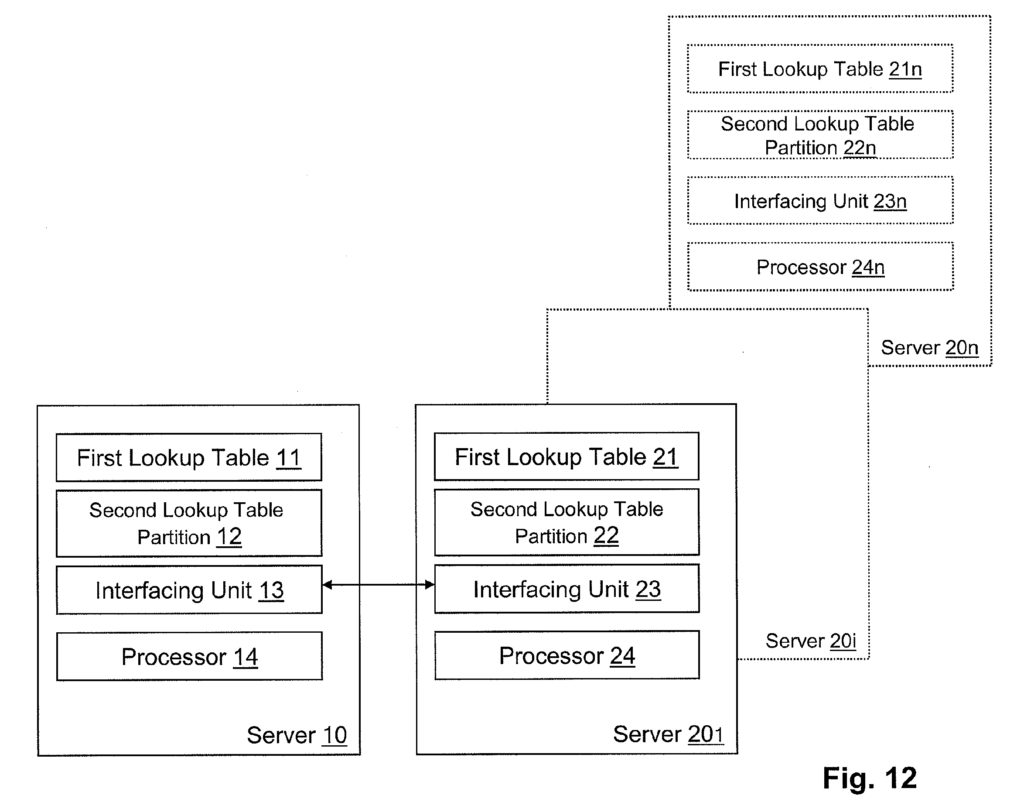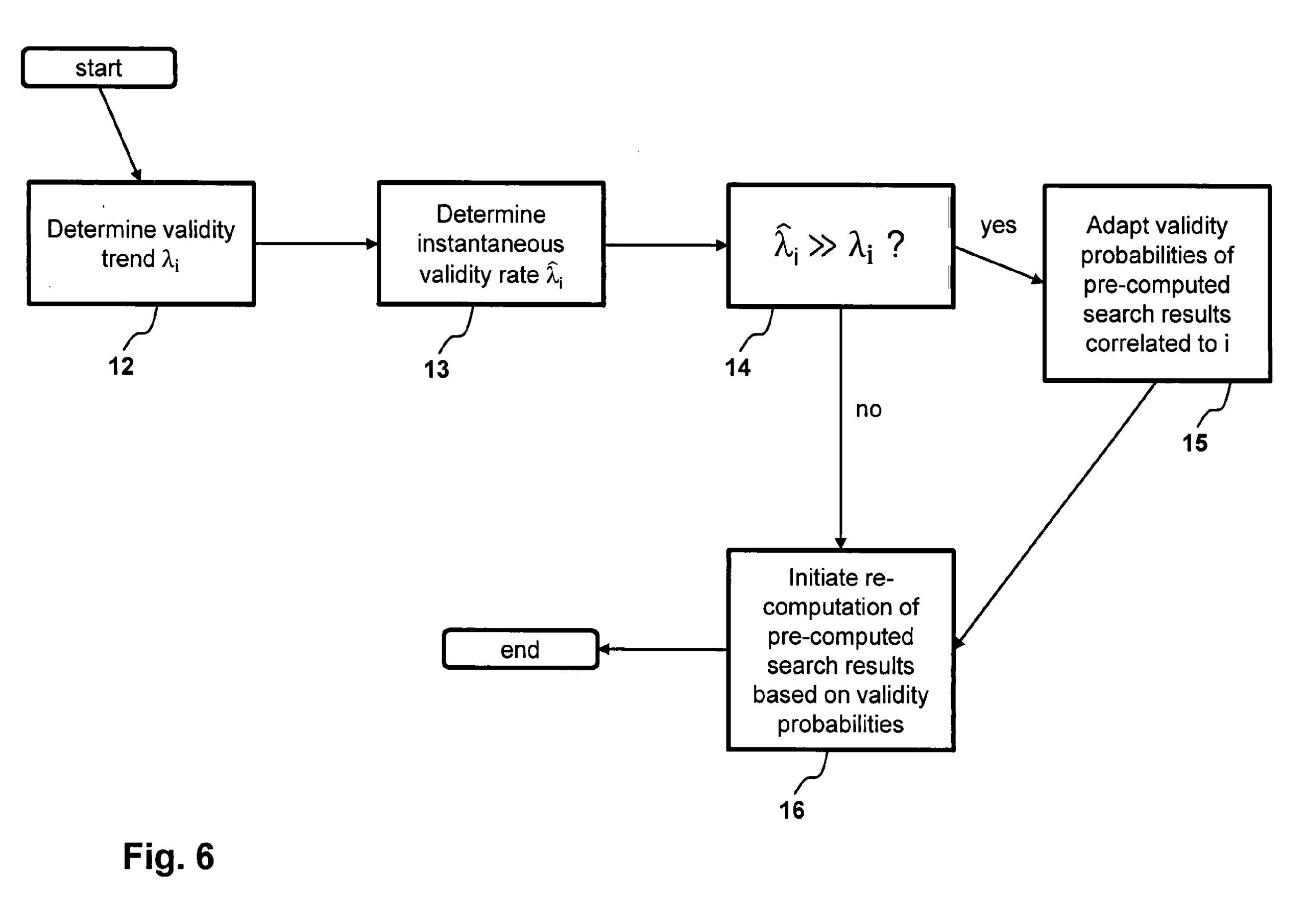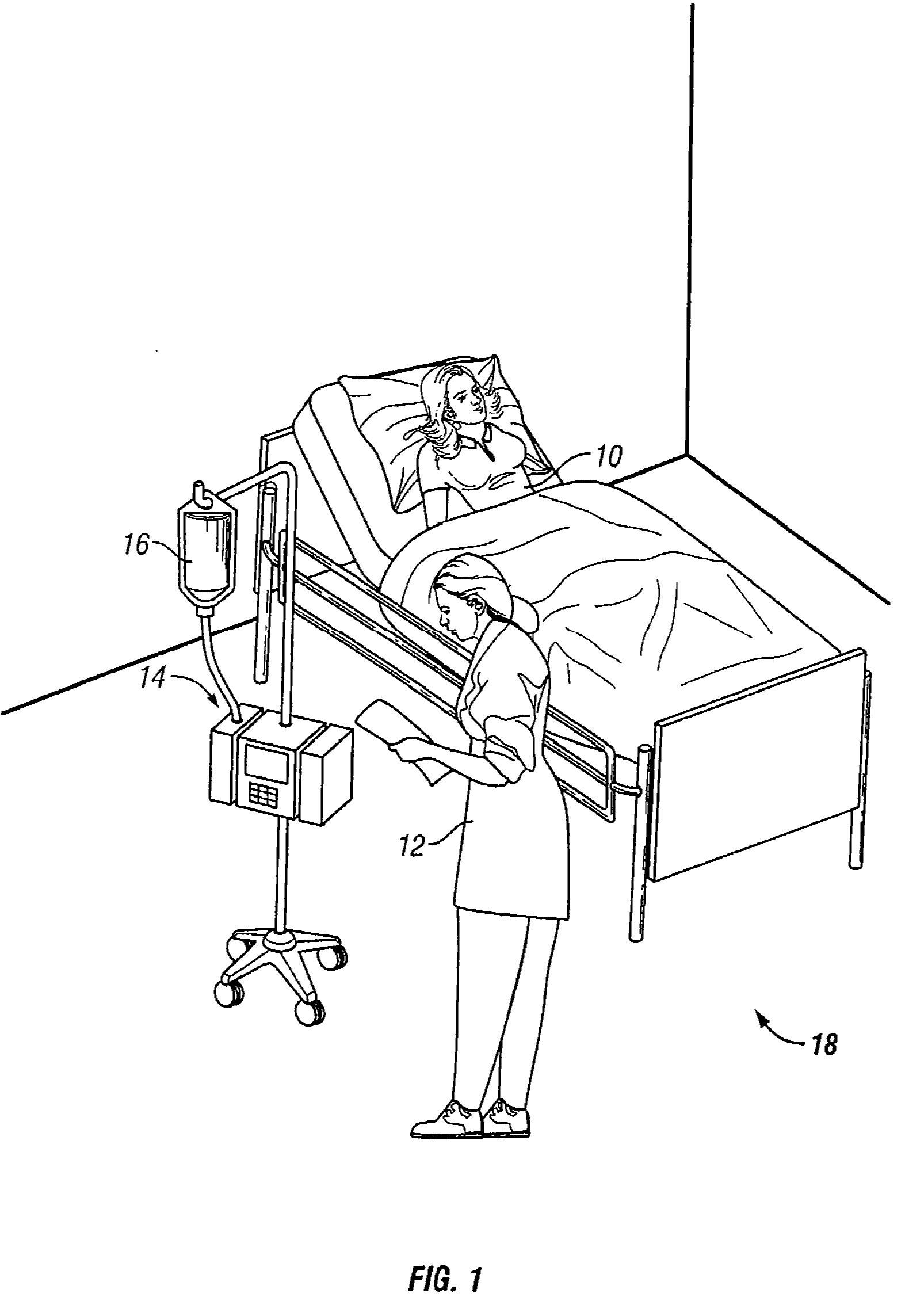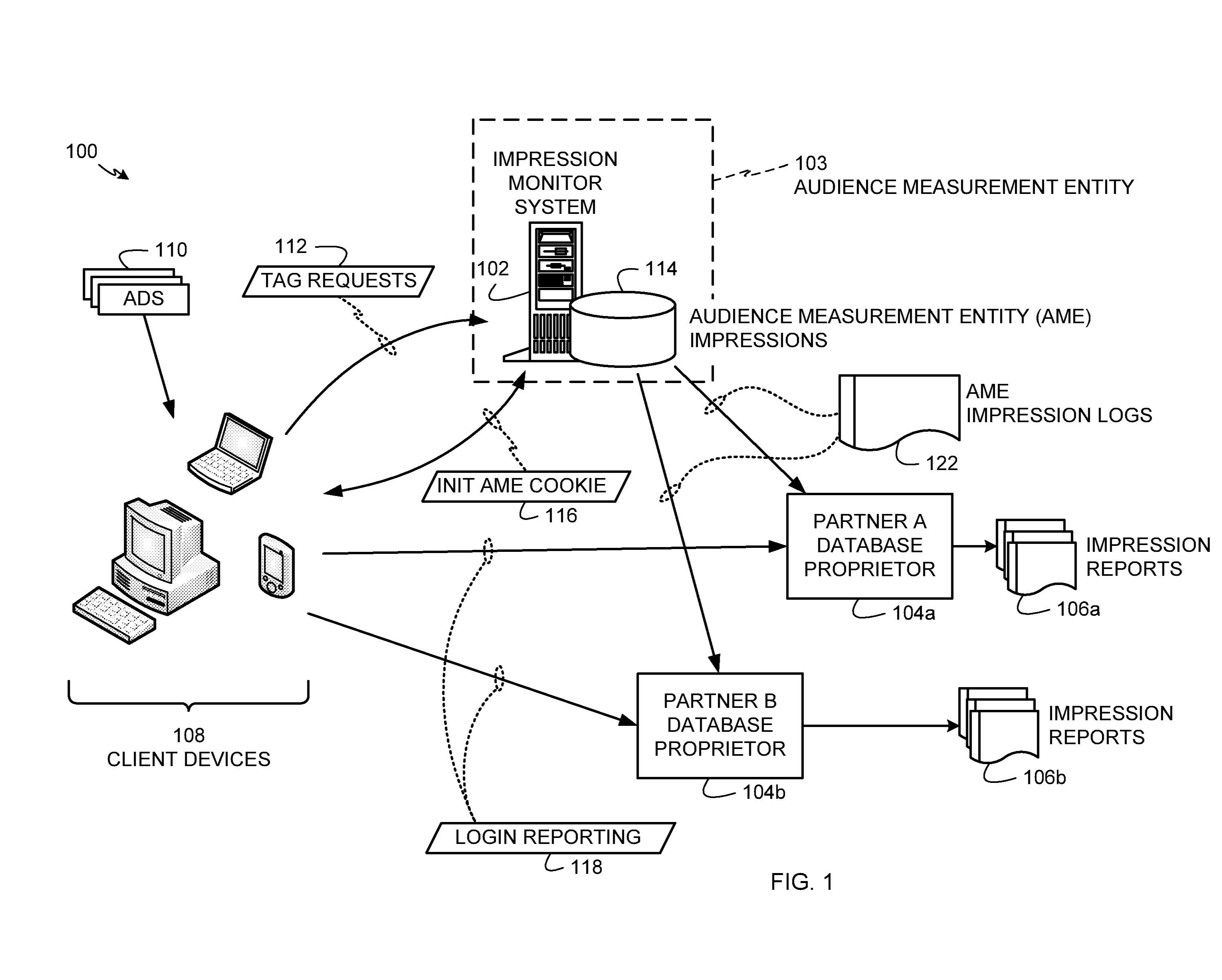The invention relates to the load distribution mechanism in a distributed database system. The Examining Division alleged that the invention lacked an inventive step as the implementation was a normal design option, and it was unclear what technical problem had been solved.
The applicant argued that it was possible to redistribute workload between active servers upon network change. The Board agreed with the applicant and considered that a skilled person would not arrive at the claimed invention by solving the problem of routing work. However, as the cited document was directed to localised load redistribution, which is conceptually the opposite of the claimed invention, the Board remitted the case for further examination.
Here are the practical takeaways from the decision T 0928/19 (Load distribution/NOKIA) from March 14, 2024 of the Technical Board of Appeal 3.5.06.
Key takeaways
The invention
The Board summarized the invention as follows:
1. The application relates to a load distribution mechanism in a distributed database system using front-end servers and back-end servers, the front-end servers to route requests for specific data items to the back-end server storing the requested item. For routing, the front-end servers use a lookup table with entries of the form pair, the key being the hash of the query search key, and the value the corresponding data address (description page 1, background section).
2. The application addresses in particular the problem of front-end server failures, or of server addition. These events are likely to result in less evenly distributed system load and also, for the former case, losses of data (pages 2 and 3).
2.1 The application proposes to split the lookup table between the set of active servers according to a partitioning table – e.g. by splitting the hash values in equal ranges. One of the active servers acts as a master server which, upon a change in the number of servers, recalculates the partitioning table, i.e. the ranges of hash values, and sends it to all other active servers (pages 5, 6 and 9). The servers communicate with each other to transfer the needed lookup entries in accordance with the new partitioning table.

-
Claim 1
Is it patentable?
In the decision under appeal, the Examining Division refused the application as it lacked inventive steps in document D1 (US 2005/114862 A1), as the implementation was a normal design option, and it was unclear what technical problem had been solved.
The Board acknowledged that the claimed invention aimed to achieve a technical effect, provided all the essential features were included in the claim:
7. The Board expressed the preliminary view that the claimed invention achieved its technical effect of redistributing workload between the active servers upon a network change only by collaboration between the master server and all other active servers. Separately claiming the partial methods to be carried out on either of them would therefore lack essential features, Article 84 EPC. An independent claim should thus comprise all the steps of re-calculating the first (partitioning) look-up table at the master server and generating the new modified partition of the second (data) lookup table at each (not only at one) of the active servers, as essential features of the invention.
In view of the amended claim, the Board identified the distinguishing features as follows:
12. To summarise, D1 discloses two main alternative approaches, a centralised and a decentralised approach, both using a set of active servers sharing the workload. In the decentralised approach there is no centralised look up table, whereas in the centralised one there is one, kept on one server. A master server may be said to be present, temporarily, during the redistribution of the workload.
13. An essential difference between the claimed invention and D1, whichever the approach considered, is the use of a, otherwise well-known (see DA1), front-end/back-end server architecture, where the front-end servers route the “work” to the appropriate servers. Such architecture is normally employed to ease and simplify routing to the servers doing the work, i.e. the back-end servers.
13.1 The decentralised approach in D1 has its own, specifically developed, routing mechanism (see 8.4 above). The Board does not see that front-end servers fit into this in any obvious way.
13.2 In the centralised approach, the skilled person might find problematic that the map function, i.e. the partitioning table as claimed, is stored only on one server, which might become overloaded. It might then appear obvious to add a layer of front-end servers, notwithstanding the fact that D1 itself has another solution to this problem, namely the aforementioned decentralised approach. But even if front-end servers were added, the skilled person would apply the teaching of D1 concerning the work redistribution, in particular that concerning table repartitioning by a temporary master server, to the active servers according to D1, which are effectively back-end servers.
13.3 So the Board does not see that the skilled person would arrive at the claimed invention by solving the problem of routing work to the active servers of D1.
Finally, the Board agreed with the applicant that it was not obvious to arrive at the subject-matter of the claim:
16. The Board acknowledges that the skilled person starting from D1, in order to arrive at the claimed invention in the manner considered would have to make a few crucial decisions.
16.1 First, the skilled person would have to decide to apply the teaching of D1 to front-end servers. Notably however, the function of the active servers of D1 is to process the workload itself, the servers thus appearing rather as back-end servers.
16.2 Second, if there were problems with having one table on one server only, the skilled person would have to decide not to use the local decentralised approach which is expressly disclosed in D1 and which the skilled person would be inclined to prefer.
16.3 And third, even if the skilled person were to deviate from the express disclosure of D1 and not use the local decentralised approach, the skilled person would still need to decide to distribute the partitioning table to all front-end servers.
17. Reconsidering the facts of the case, and in particular the teachings of D1, in view of the above, the Board follows the Appellant and comes to the conclusion that the skilled person could have arrived at the invention as laid out above, but that it cannot be asserted that he or she would have.
The Board considered the subject-matter was inventive over document D1. However, the Board considered that the cited document related to localised load distribution, which was the opposite of the claimed invention. Therefore, it was possible that more relevant prior art may exist. Therefore, the Board remitted the case to the Examining Division for further search.
More information
You can read the full decision here:T 0928/19 (Load distribution/NOKIA) from March 14, 2024 of the Technical Board of Appeal 3.5.06.

Preston is a European patent attorney at BARDEHLE PAGENBERG. He handles patent applications in the field of electronics and communication technology, particularly hardware and software inventions related to wireless communication and entertainment devices.



